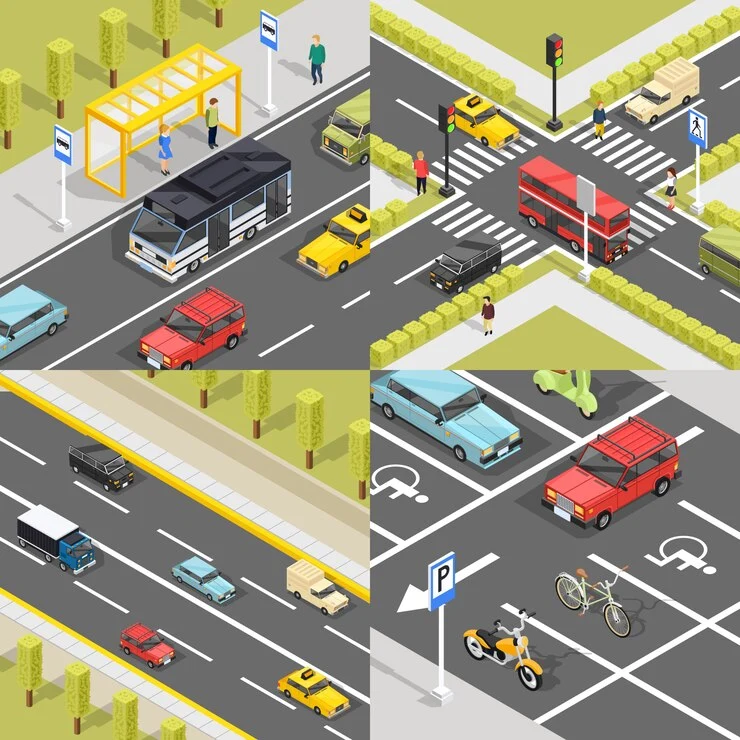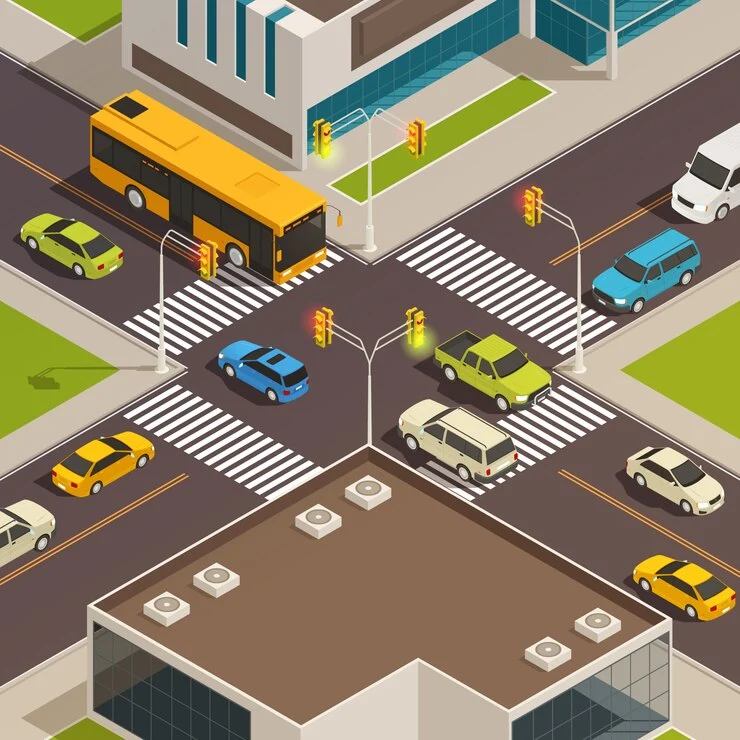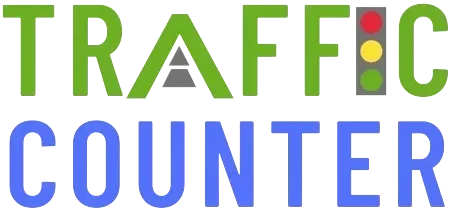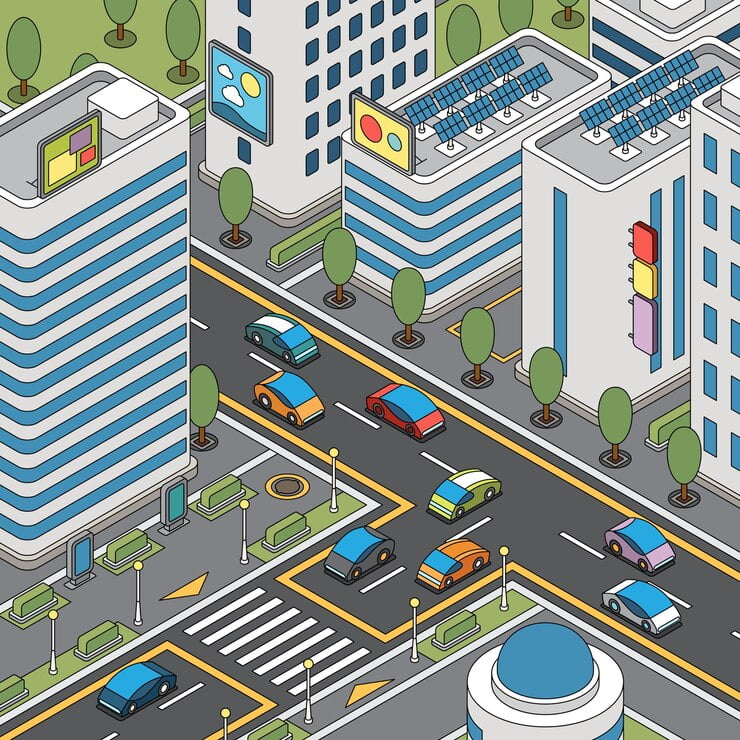Introduction To Traffic Count and Traffic Data Collection
So Traffic Count and traffic data collection are important for expertise and managing visitors with the flow in city regions. Also This research uses advanced generation including visitors counters to collect statistics on various aspects of traffic, along with parking availability, pedestrian count, and vehicle count.
The accrued facts is essential for urban planning, road design and traffic data collection and offers precious insights to optimize Traffic Count and Traffic Data Management and boom average traffic overall performance.

Urban Mobility Enhanced: Transforming Traffic Count and Traffic Data Collection
Traffic Data Collection Techniques
| Intersection Traffic Counts | Vehicle Count |
| Intersection traffic counts contain monitoring vehicles at intersections to gather data on road usage and congestion patterns. These methods help urban planners and transportation authorities understand traffic flow at intersections, allowing them to implement measures to improve traffic efficiency and safety. | Traffic counters play an important function in vehicle counting, which involves tallying the flow of vehicles on roads. This technique quantifies traffic volume, supplying essential records for urban planning and transportation management. By accurately counting vehicles, traffic counters help in analyzing traffic patterns, optimizing traffic flow, and reducing congestion in city areas. |
| Pedestrian Count | Turning Movement Count |
| Pedestrian counting is essential for analyzing foot traffic patterns, which is crucial for urban planning and protection measures. By the usage of traffic counters to analyze pedestrian movement, city planners can identify high-traffic areas and implement safety measures, such as crosswalks and pedestrian signals, to improve pedestrian safety and overall urban mobility. | Turning movement counts capture directional data for traffic analysis and urban planning. By analyzing turning movement at intersections, city planners can discover traffic patterns, optimize traffic signal timing, and improve overall traffic flow. |
| Mid-Block Count | Parking Count |
| Another important method is mid-block count, which involves counting vehicles and pedestrians at points between intersections. This method facilitates making certain the satisfactory facts accumulated, because it allows for a rigorous inspection manner. By making sure the reliability of facts, mid-block depend contributes to client pride and aids in making informed decisions regarding urban making plans and site visitors control. | One crucial aspect of traffic counting is parking be counted, which involves tallying cars to decide the provision of parking spaces. This fact is beneficial for drivers, as it aids them in finding parking spots correctly, lowering congestion and frustration. By making use of traffic counters for parking, urban planners and parking managers can optimize parking spaces and improve normal traffic flow in city regions. |

Revolutionize Your Traffic Count and Traffic Data Management
Our superior platform and Traffic Count and Traffic Data Management solutions offer state-of-the-art technologies for efficient . And Also With advanced sensor technology and data processing algorithms, our solutions provide correct and reliable traffic data crucial for urban planning, protection,
and congestion reduction. Additionally, our quality assurance and validation processes ensure the reliability of our data.
making certain client pride and also enabling knowledgeable decision-making for urban planning and transportation management.

Advanced Sensor Technology Traffic Count and Traffic Data Management
Advanced sensor technology plays a significant role in traffic counts and classification studies. Companies like Futek and Honeywell Advanced Sensing Technologies offer diverse sensors.
including torque sensors and pressure sensors, used in these studies. These sensors precise data, enabling accurate traffic counts and classifications.

Data Processing Algorithms
So One of the important factors of traffic data management is the utilization of advanced data processing algorithms. These algorithms refine the raw data and ensure its accuracy and reliability for further analysis and interpretation.
Systematic algorithms efficiently process traffic data and various applications such as traffic data modeling, congestion prediction, and infrastructure planning.
Quality Assurance and Validation Processes
To ensure the accuracy and reliability of traffic data, quality assurance and validation processes are essential. also These processes involve meticulous checks and validations to verify the integrity of the data collected By adhering to stringent quality assurance measures.
cities also ensure the reliability of their traffic data, in the enhanced customer satisfaction and trust their products and services.
We’ll explore the various methods and technologies used in Traffic Count and Traffic Data Management, highlighting their importance and benefits.
| Manual Traffic Counts | Automatic Traffic Counters (ATCs) |
Manual traffic counts involve trained personnel physically observing and recording traffic data. This method is labor-intensive and time-consuming but can provide designated and accurate data. Manual counts are frequently used in conjunction with different strategies to validate results. | ATCs are electronic devices that robotically file traffic information. They can be installed permanently or briefly and are capable of accumulating statistics 24/7. ATCs are efficient and price-effective, providing correct records for traffic analysis and management. |
| Video-Based Traffic Surveys | Radar-Based Traffic Counters |
| Video-based surveys use cameras to record traffic movements. Advanced video analytics software can analyze the footage to classify vehicles and count traffic. This method is non-intrusive and provides detailed data, such as vehicle types and speeds. | Radar-based counters use radar technology to detect and count vehicles. They are often mounted on poles or gantries and can provide accurate data in diverse climate conditions. Radar-based counters are suitable for high-traffic regions and can classify vehicles based on size and speed. |
| Bluetooth Traffic Monitoring | Infrared Traffic Counters |
| Bluetooth technology can be used to monitor traffic by detecting Bluetooth-enabled devices in passing vehicles. This method can provide insights into travel times, congestion, and route choices. However, it may require infrastructure investment for widespread implementation. | Infrared counters use infrared sensors to detect vehicles passing over a specific point. They are often used in combination with other counting methods to validate results. Infrared counters are dependable and might provide correct facts in diverse visitor situations. |
Importance of Traffic Count and Traffic Data Management and Classification Studies
Traffic Count and Traffic Data Management and classification studies are essential for transportation planning, road design, and traffic data management. but They provide data for traffic impact assessments, signal timing optimization, and infrastructure development.
and Accurate data from those research is crucial for making knowledgeable decisions and enhancing traffic flow and protection.
Traffic Data Management and Collection:
In the world of traffic data management, the collection and analysis of traffic data plays a key role in ensuring road safety, optimizing traffic flow and improving overall traffic efficiency. Various methods and technologies collect data, from traditional manual counting to advanced sensor-based systems.
This article delves into the various methodologies, tools, and challenges associated with traffic data management and collection.
Traffic Count and Traffic Data Management Collection Methods
Manual Counts:
Historically, manual traffic counting and traffic data management have been the primary methods for collecting data on vehicles, pedestrians and other road users.
Although manual counting is labor intensive, it provides reliable data and is often used to validate automated systems.
Sensor-Based Systems:
Advanced technologies, including radar, pneumatic tubes and thermal cameras, automate the collection of traffic data. For example, radar systems use radio waves to detect the presence and speed of vehicles, offering a non-intrusive and powerful solution.
Video Detection:
Video-based systems use cameras to capture footage of traffic flow, which is then analyzed to determine vehicle counts, speeds, and classifications. These systems are highly powerful but require careful installation and maintenance.
Connected Vehicles:
With the advent of smart transportation technology, vehicles equipped with sensors can communicate with infrastructure, providing real-time data on traffic conditions. also This data is invaluable for managing congestion and improving safety.
Data Classification and Analysis
Once accumulated, Traffic Count and Traffic Data Management is classified and analyzed to extract meaningful insights. Classification includes categorizing vehicles based on size, speed, and other parameters,
at the same time as analysis entails analyzing traffic patterns, congestion levels, and safety concerns. and This record is critical for transportation planning, infrastructure development, and policy-making
Safety and Privacy Concerns
While Traffic Count and Traffic Data Management series gives numerous advantages, it additionally raises issues regarding privacy and records safety. also, it is vital to adhere to strict privacy policies and ensure that data collection methods are transparent and compliant with regulation.
Conclusion
Traffic Count and Traffic Data Management classification study method techniques are essential tools in urban planning and traffic management.
They provide valuable data that helps city planners and traffic managers make informed decisions. As technology advances, these methods have become extra correct and efficient, contributing to more secure and extra organized urban environments.

